By Zhong Yin Source:People's Daily 2022-10-21
There’s a very interesting story about an Italian helicopter and the China International Import Expo (CIIE).
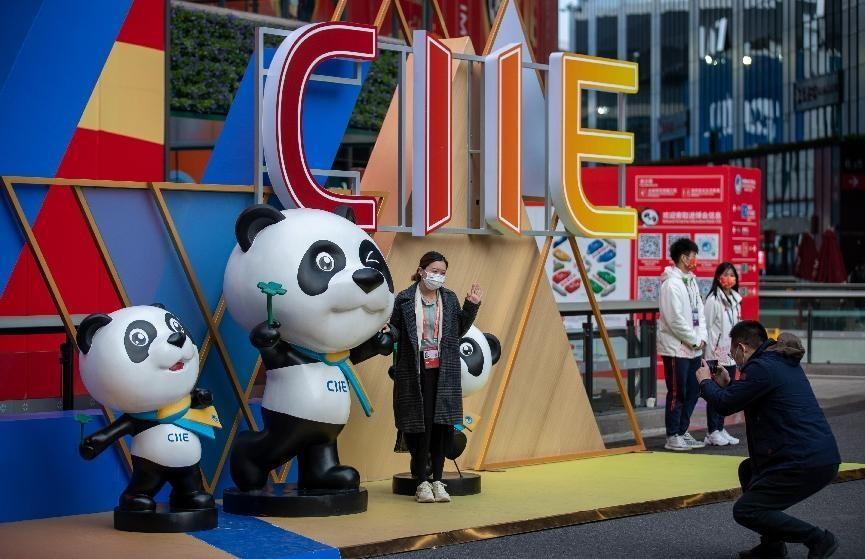
Visitors pose for pictures at the fourth China International Import Expo, Nov. 9, 2021. (People’s Daily Online/Yan Xin)
The AW139, a helicopter model for emergency medical rescue manufactured by Italy’s Leonardo Group, was a big name at the first CIIE, which kicked off on Nov. 5, 2018. It made the biggest transaction on the very first day of the exhibition, which totaled $200 million.
Later, the Leonardo Group joined hands with a Chinese company and launched a 12.8-billion-yuan ($1.78 billion) helicopter production program in Pinghu, east China’s Zhejiang province.
Two years later, the first AW139 helicopter assembled in Pinghu completed its test flight and “returned” to the 3rd CIIE. This foreign investment program is expected to build Pinghu into a world-level helicopter production base.
CIIE, as a global trade exhibition, has become an international public product shared by the whole world. It presents to the world China’s firm determination to expand opening up.

AW139, a helicopter model for emergency medical rescue manufactured by Italy’s Leonardo Group is exhibited at the first China International Import Expo, Nov. 7, 2018. (People’s Daily Online/Ji Haixin)
The utilization of foreign investment contributes to the building of a new development paradigm and a moderately prosperous society in all respects.
Foreign investors generally value China’s development opportunities that come from the country’s deepening reform, as well as the business environment that’s built better and better as the country advances law-based governance.
Many exhibitors joining the CIIE have turned into investors, which mirrors how the building of a moderately prosperous society in all respects, deepening reform and advancing law-based governance reinforce each other.
Reform and opening up is the most distinctive feature of modern China.
People’s wellbeing is attached with more importance as reform is deepened in the new era. A series of policies and measures to benefit the people have been implemented, including the centralized bulk-buying of drugs on a regular and institutionalized basis, and the “discounts” on individual income tax.
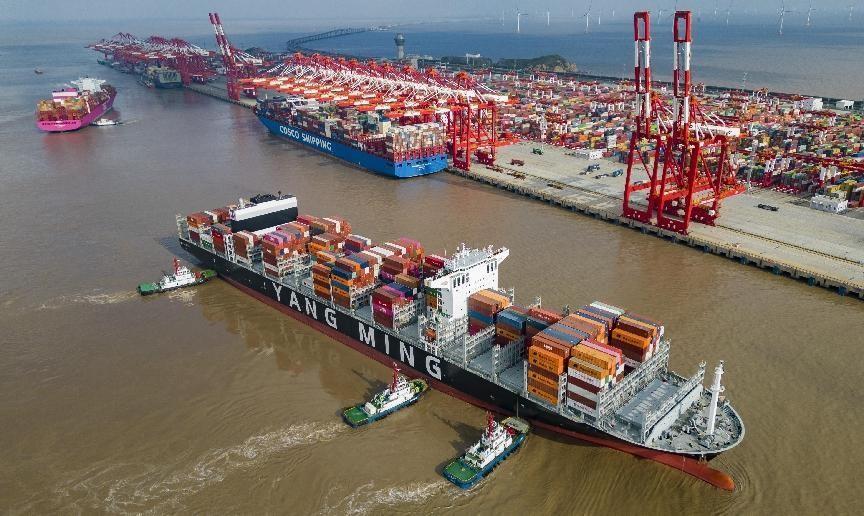
A fully loaded container vessel leaves a terminal of the Yangshan Deep-Water Port, Shanghai, Sept. 11, 2022. (People’s Daily Online/Ji Haixin)
Institutional construction is more important for deepening reform in the new era. The country has worked to streamline the government, delegate power, and improve government services, implemented the most strict environmental protection regulations, and launched a number of other policies to eliminate impediments.
Besides, interconnectivity and synergy between reforms are increased. China has comprehensively deepened reforms in economy, politics, culture, society, and ecological progress. Over 2,000 reform plans have been issued successively and promoted in a synergetic manner.
Over the past 10 years, China has gone from laying foundations and defining initial structures, to making overall progress and building momentum, to achieving systematic integration and efficient coordination. It has seen basic institutional frameworks put in place in various areas, and witnessed historic, systemic, and holistic transformation in multiple fields.
China will not close its door to the world, and it will only become more and more open.
Overcoming the impacts from COVID-19, the country has held high-quality sessions of major exhibitions, such as the CIIE, the China International Fair for Trade in Services, the China Import and Export Fair and the China International Consumer Products Expo.
Between 2013 and 2021, the average annual growth of China’s exports of high-tech products reached 5.1 percent. The country has set up 21 pilot free trade zones, and they have seen their successful practice in 278 cases of innovation in institutional reform promoted at the national level.
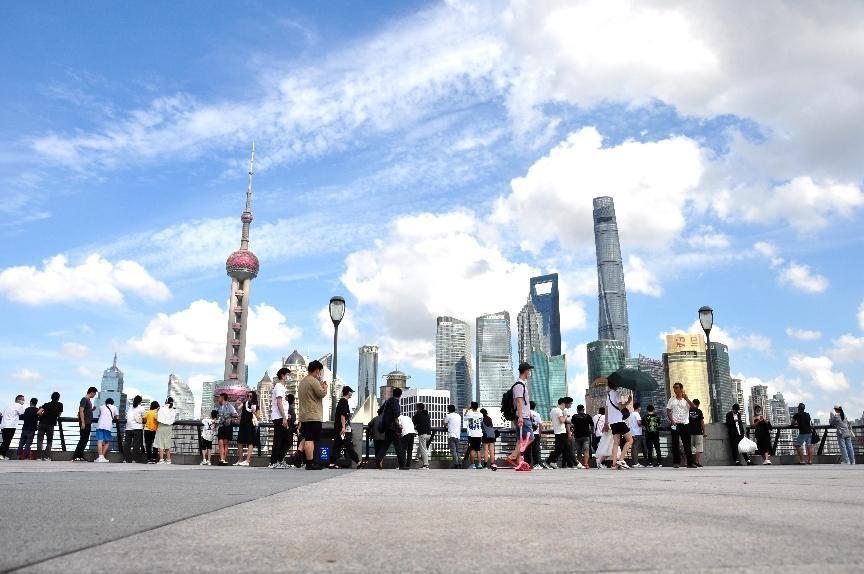
Tourists visit the Bund in Shanghai, Sept. 10, 2022. (People’s Daily Online/Yan Daming)
Over the past 10 years, China has firmly advanced high-level opening up. It has expanded opening up based on flows of goods, services, capital, personnel and other factors of production, and promoted institutional construction on rules, management and standards, to build an open economy that promotes mutual benefit and is diversified, balanced, secure and efficient.
Both the scope and depth of opening up have been expanded. A model of all-round, multi-level, and wide-ranging opening-up has gradually taken shape. China has not only achieved its own development, but also benefited the rest of the world.
The 20th National Congress of the Communist Party of China (CPC) opened at the Great Hall of the People in Beijing on Oct. 16. Xi Jinping, general secretary of the CPC Central Committee, delivered to the Congress a report on behalf of the 19th CPC Central Committee.
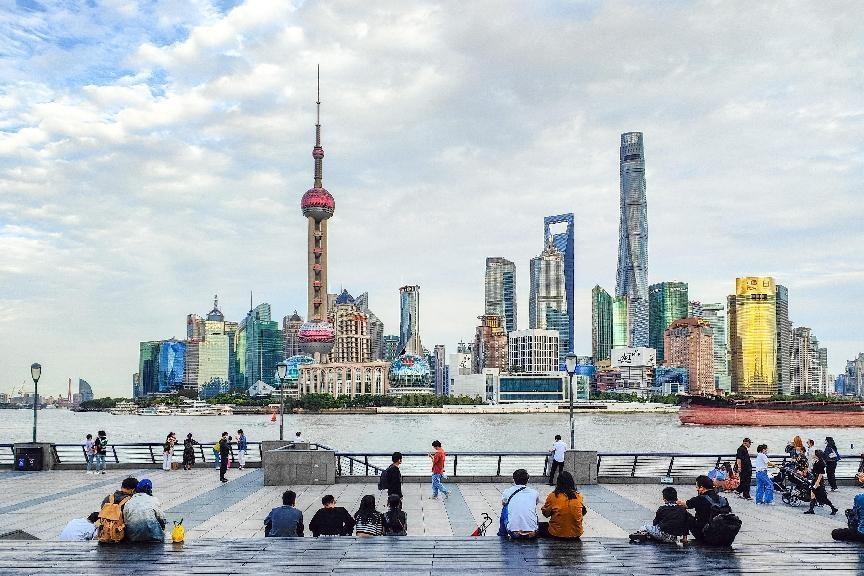
Tourists visit the Bund in Shanghai, Sept. 21, 2022. (People’s Daily Online/Wang Gang)
He said China will stay committed to the basic state policy of opening up and unwaveringly follow a win-win strategy of opening up, to provide new opportunities to the rest of the world through China’s development, promote the building of an open world economy and bring more benefits to the people around the world.
Opening up is a basic state policy and a distinctive feature of China. The country will not change its resolve to open wider at a high standard; it will not change its determination to share development opportunities with the rest of the world; and it will not change its commitment to an economic globalization that is more open, inclusive, balanced and beneficial for all.
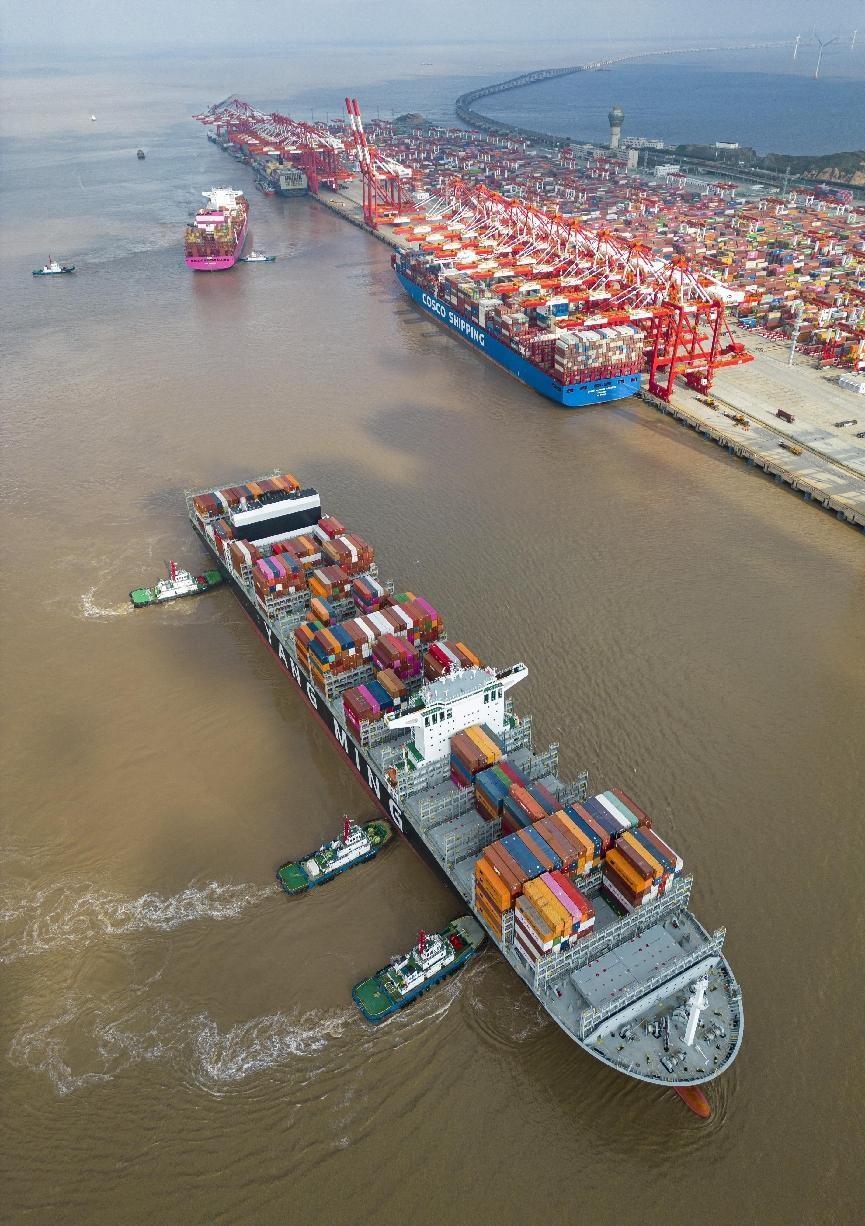
A fully loaded container vessel leaves a terminal of the Yangshan Deep-Water Port, Shanghai, Sept. 11, 2022. (People’s Daily Online/Ji Haixin)
Copyright © Xizang Daily & China Xizang News All rights reserved
Reproduction in whole or in part without permissions prohibited
Index Code: 藏 ICP 备 05000021 号
Producer: Xizang Daily International Communication Center